The in-vessel composting of food waste is being carried out increasingly, particularly in the United Kingdom, with the prime purpose being to divert this waste from landfill. The purpose of diversion in order to comply with the EU requirements for the reduction of organic materials being placed in landfills.
In this discussion, the advantages of in-vessel composting will be compared with the alternatives of windrow composting and anaerobic digestion (which produces biogas/energy in addition to liquid fertilizer and fibrous soil improver).
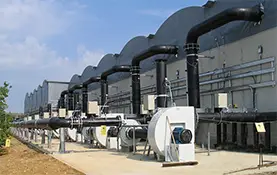
Advantages: Factors in support of the in-vessel composting food waste are:
1. The high controllability of the in-vessel system ensures that the food waste, which may be seasonal in its quality will always be composted to high-quality standards, and produce a consistently high-quality compost with excellent properties when applied to the ground both in the release of nutrients and as a soil structure improver.
Of course, every one of these options is better than sending these wastes to landfill, as was done in the past.
In a landfill, it would produce landfill gas and ammoniacal nitrogen (to name just a few) and stay in the landfill for a very long time, as a result the organic nutrients in the waste are a threat to the environment should they escape in an uncontrolled way to the groundwater, or surface water streams.
2. Some food wastes are potentially a risk to livestock from vectors of infectious diseases they might contain.
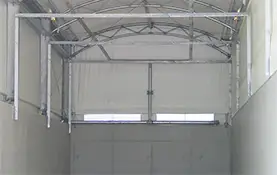
For example, it is thought to have been sausages discarded by passengers from a flight into a UK airport which was included in pigs swill which infected the first UK farms with Foot and Mouth Disease in the 1990s. As a result, pig swill and other livestock feeding methods using animal by-products, are no longer permitted.
Another good reason for the in-vessel composting of food waste is the enhanced capability of in-vessel composting to be certain that the temperature is elevated sufficiently and for long enough, throughout the whole aeration.
This contains the extra benefit of adding confidence to all those who will buy and use the compost, that there is as far as is possible, no risk of infection from it.
That will protect against making the error of producing a compost product which farmers and horticulturists won't use due to fear of biological contamination being passed to their plants or livestock through the use of the compost product.
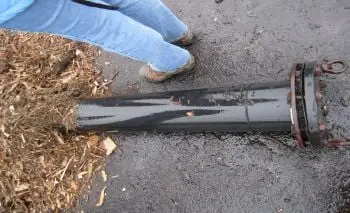
3. It is easiest also to obtain PAS100 certification for high quality, highly marketable and sought-after compost using in-vessel composting techniques
Then there's the speed of the composting process which is increased by using an in-vessel rather than a windrow composting method. That is certainly very important because it can easily take three or more months to windrow compost in cold winter climates, and in some cases composting plants then require very large windrow areas and may even run out of space by the end of the winter. After you take that under consideration, then it makes sense to use in-vessel composting of food waste.
That is the good side of the advantages and disadvantages of in-vessel composting food waste. There's a bad side as well. Let me examine some of the downsides.
Disadvantages: Reasons Against the in-vessel composting of food waste
1. Capital and running costs are much higher than carrying out composting entirely by a windrow slab method.
If you ever consider the cost-effectiveness of in-vessel composting food waste versus windrow you will likely see that in-vessel methods are substantially more expensive, that might produce the effect of pricing the compost product out of the market if competing with sellers of compost who are carrying out composting entirely by a windrow slab method. There is no way that could be a good thing. In fact, it may well be a good enough reason to avoid it completely.
2. In-vessel composting requires the use of aeration and fans to pump air through the compost pile while it is in the composting vessel. The source of the power is usually the local electricity grid and therefore the power is from non-sustainable (mostly fossil fuel-based sources). Therefore, in-vessel composting is not very sustainable.
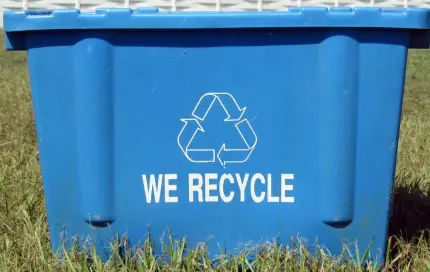
The sustainability of a process is becoming more and more important these days.
3. Aerobic composting whether by windrow or accomplished in a vessel, bears a disadvantage over Anaerobic Digestion (AD) in that it does not produce any energy (power) in the way that AD plant does.
One more cause to avoid the in-vessel composting of food waste is that it will become more expensive over time, as the cost of energy rises and experts in energy supply say that power costs will continue to rise even above current prices, over time. Everyone ought to consider this point with great care, considering the fact that it can result in a big financial impact a few years from now.
So, if you want to carry out the in-vessel composting of food waste it is still better than windrowing and you could add an AD Plant later, anyway.
So that is it. We have now looked at the pluses and minuses of in-vessel composting food waste.
Incineration Plant Facts
A first of our waste incineration plant facts is that a “burner” (this being the derogatory term of the anti-incinerator capaigners) is an important facility for the preservation of public health as it involves protecting the environment in a number of ways. Unless the waste materials are properly disposed of by the waste incinerator plant, […]
What is Commercial Composting?
We were recently asked; “What is Commercial Composting” and since one person asked we wrote a definition, as follows below: Commercial composting is the composting carried out principally as a method of waste disposal that diverts this organic waste away from landfills. If the feedstock is green waste or another “MSW residual waste” organic material […]
Windrow Composting
Windrow composting is a way of generating compost by piling organic matter into extended rows or arc-like piles. The piles are turned over by large machinery to preserve even levels of heat, humidity, and oxygen content. Piles will usually range from four to eight feet tall and 14-16 feet in length. Windrow composting is a […]
Large In-vessel Composting Systems: What are They and How Do They Work?
Progressive cities and many urban centers around the world are now installing large-scale in-vessel composting systems as part of their total MSW management. Large scale in-vessel composting, which makes high quality compost through the use of enclosed “reactors” that closely monitor temperature and oxygen levels throughout the biodegradation of organic materials, is popular. In-vessel composting […]
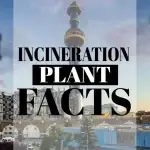
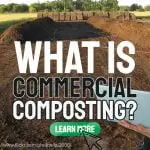
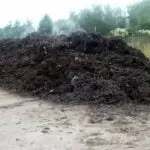
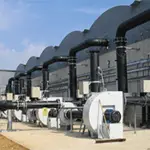
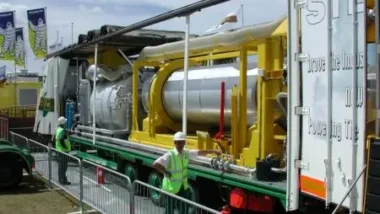
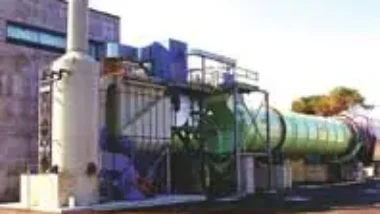

Very good analysis. Both sides considered, balanced.
I got additional information about disadvantages.
Thank you very much !
Sateesh Wagh
Compost at home and feed your vegetable garden, ladies and gentlemen. A minimum of one metre cube…wood frame and chicken wire. Every day, count to two. Half green and half brown. Alternatively, acquire hens and feed them your food waste, then house them on a 12″ bed of wood chippings; they’ll scratch through the food, the bed, and the crap and generate the compost for you, and the chippings will help to keep the stench down. Maybe you could flip it yourself every now and again. Then, when you think it’s ready, use it in your vegetable garden.
Also, don’t throw teabags in your compost, as some people do.
Most of them contain plastic to keep their form. If you have bags, rip them open and place the tea in your compost and the bag in your domestic trash bin; I doubt they can be recycled in the plastic bin due to their composite composition. To be honest, I would recommend switching to loose tea. In any case, loose tea is of greater quality. Because bagged tea is largely tea dust, it is extremely oxidised and excessively caffeinated (from oxidation). As a result, loose tea is healthier and tastes better. Bye! Keep savin!
The recycling in London, and even the rest of the UK, is atrocious. Visit Italy, France, or Germany to observe the difference. There, they recycle; here, they pretend to recycle and burn garbage in an incinerator. Recycling is also popular in other nations, with separate bins for paper, glass, metals, food scraps, and general rubbish. They have a bin for each of them on every street, and if the street is too long, they have multiple of them, making collection incredibly easy and practical- you can’t have one for each house.
If individuals were more conscientious about sorting their garbage, the compost would be far more appealing.